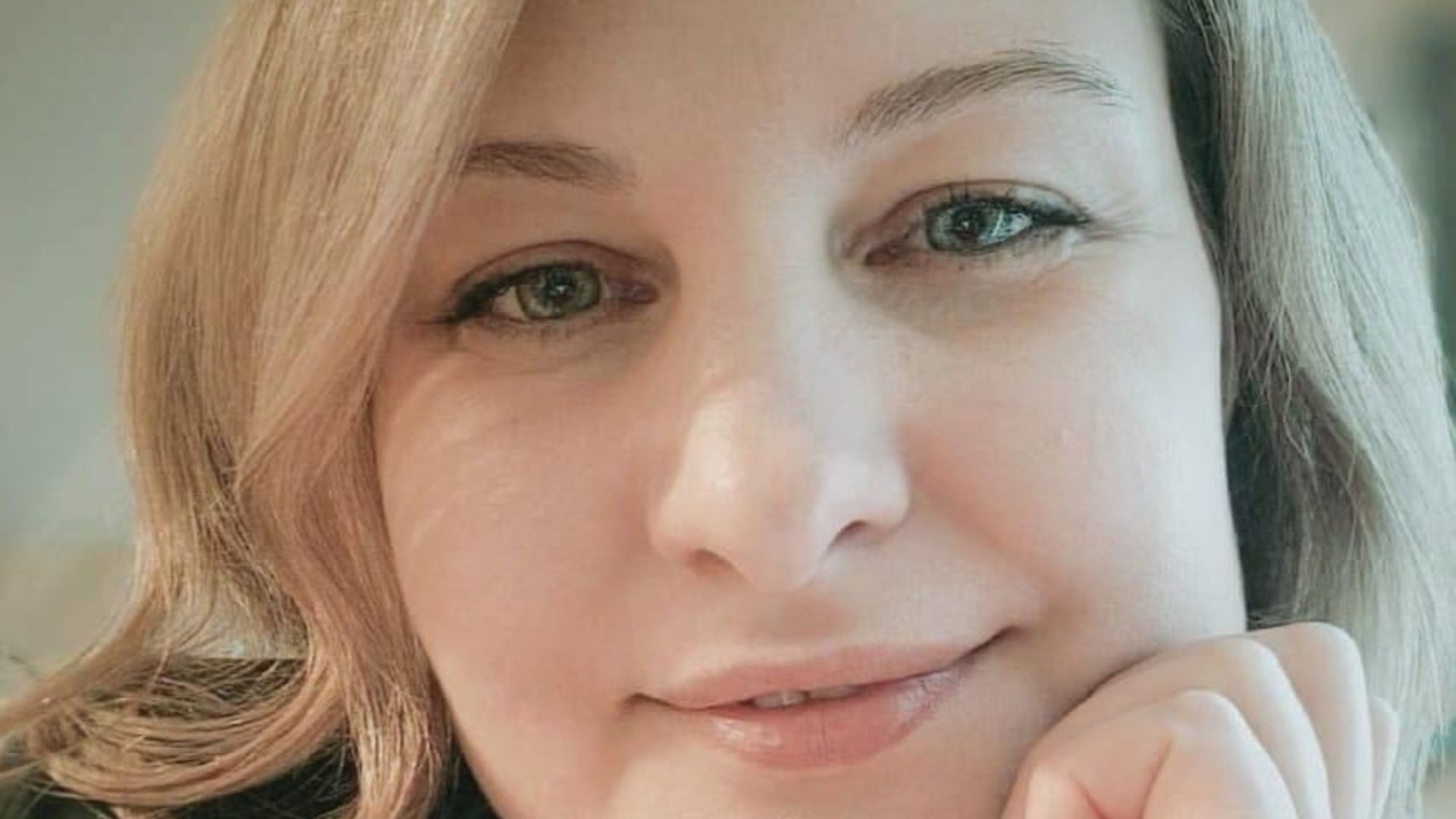A MUM died having gone to A&E with a “headache”, an inquest has heard.
Inga Rublite, 39, arrived at the Queen’s Medical Centre, part of Nottingham University Hospitals, just after 10.30pm on January 19 after she was advised by a 111 clinician to do so because of a “sudden onset headache”.
2
A senior consultant at the QMC has admitted there was a “missed opportunity” in assessing the woman who’d been waiting more than eight hours in the Emergency Department and was found unconscious under a coat.
The mum-of-two, originally from Latvia, felt the headache around midday on the same day while she was on a video call.
Following the advice she received during the 111 call, a neighbour drove her to A&E and she had her initial nursing triage at 10.55pm.
An inquest into her death held on July 24, at Nottingham Council House was told how Ms Rublite’s neighbour then left the hospital at 1.30am.
The woman was then seen at 2.07am for some observations and was called by staff at 4.30am, 5.26am, and then again at 6.50am, when she was discharged from the system.
As there was no response, it was assumed she left the department due to the long wait.
However, she was found in the waiting room area with a coat over her head slumped in front of her chair at around 7am on January 20.
She was unresponsive and she had had a seizure and vomited.
After she was found, she was “immediately attended to” by a senior doctor, her seizures were treated, and she was put into an induced coma.
Examinations revealed she had poor air entry and a high heart rate and blood pressure.
A set of investigations were then performed, including a full blood count, as well as a CT head scan.
The scan revealed a large hematoma – a collection of blood – and neurosurgical and intensive care teams were called to assist.
The neurosurgical registrar noted that Ms Rublite had “significant, unsurvivable brain damage” that could not have been fixed by surgical intervention.
She was transferred to the ICU and her family and friends were told she “had suffered a large bleed in her head, which led to a significant increase in the pressure inside her head” and that she “wasn’t expected to survive despite our best efforts”.
FAMILY ‘DEVASTATED’
They were “devastated” by the news and she eventually died just before 10.30am on January 22.
Her cause of death was given as a spontaneous subarachnoid haemorrhage secondary to a ruptured middle cerebral artery aneurysm.
There was no post-mortem examination in this case as there was “no doubt” regarding the cause of death.
The hearing held on Wednesday was told that the waiting room was crowded, with Dr Robert Jamieson, consultant, saying during his evidence that “we are never not crowded”.
What is a subarachnoid haemorrhage?
A subarachnoid haemorrhage is an uncommon type of stroke caused by bleeding on the surface of the brain and is a serious condition which can be fatal, the NHS says.
There are usually no warning signs, but a subarachnoid haemorrhage sometimes happens during physical effort or straining, such as coughing, going to the toilet, lifting something heavy or having sex.
The main symptoms you need to be aware of include:
- a sudden severe headache unlike anything you’ve experienced before
- a stiff neck
- feeling and being sick
- sensitivity to light (photophobia)
- blurred or double vision
- stroke-like symptoms – such as slurred speech and weakness on one side of the body
- loss of consciousness or convulsions (uncontrollable shaking)
Subarachnoid haemorrhages are often caused by a burst blood vessel in the brain (a ruptured brain aneurysm).
It’s not known exactly why brain aneurysms develop in some people.
But certain risk factors have been identified, including:
- smoking
- high blood pressure
- excessive alcohol consumption
Severe head injuries can cause subarachnoid bleeding, but this is a separate problem known as a traumatic subarachnoid haemorrhage.
He added that “there was an opportunity missed to see how she was, how she appeared”.
Dr Jamieson told the court: “There are standards and goals that are requested which cannot be achieved by the NHS.
“Anaesthetics need to be performed within time limits, same for ECGs.
“Every patient with chest pain needs to have an ECG within 30 minutes [of arrival], every patient needs oxygen regularly and it all suddenly becomes unachievable.”
When questioned about what measures have been put in place to optimise patient calls in the emergency department waiting room by Coroner Elizabeth Didcock, Dr Luke Derby, emergency department matron, said a tannoy system will soon be installed to make it easier for people to hear their name being called.
At the moment, as was the case back in January, patients are called by voice.
The court was told how Ms Rublite couldn’t be seen by the practitioner calling out patients’ names as she was sat on the side of a corridor.
The side of the corridor where she was has five or six chairs and charging boxes.
Dr Jamieson said: “People sleeping in the emergency room is something that’s not unheard of.
“There’s a lot of homeless people who come and sit in the department.
“About 6 per cent of patients leave before being seen.
“Staff experience patients putting their coats over their heads on a daily basis.”
DELAY IN HAVING SCAN
The trust accepted that there was a delay in having a scan to diagnose Ms Rublite’s bleed on the brain, which would have been noticed on the scan.
“On the balance of probabilities, it is accepted the bleed would have been seen on the CT scan,” Dr Jamieson told the court.
Coroner Didcock added that additional questions during the triage could have added weight to make practitioners understand how severe the headache was.
The hearing was told that Ms Rublite had never had her brain scanned during her life and there was no clinical need for that to be done.
She also didn’t have a history of headaches, however, her headache on January 19 left her unable to move her head and stand up, having severe pain all over her head, neck and jaw.
‘THUNDERCLAP’ HEADACHE
She described it as a “thunderclap” headache and had taken two doses of paracetamol around 3pm on that day to no avail.
The inquest was told how a set of observations were taken at 10.58pm and Ms Rublite was “alert, awake, with mild pain”.
Another set of observations were taken at 2.07am and her heart rate had increased to 106bpm from 86 previously.
Ms Rublite was at that point “alert, awake, with no nausea, and in severe pain”.
A nurse claimed Ms Rublite was called on her mobile phone after failing to respond to the three calls in the waiting room but her sister, Inese, who was present at the hearing, said there is no record of the phone call on Ms Rublite’s phone.
The inquest continues.

2




